Investment in Infrastructure Development
Investment in infrastructure development is a critical driver for the Steam Methane Reforming Liquid Hydrogen Market. The establishment of hydrogen production facilities, storage systems, and distribution networks is essential for scaling up hydrogen utilization. Recent reports indicate that investments in hydrogen infrastructure could exceed 100 billion dollars by 2030, reflecting a strong commitment from both public and private sectors. This infrastructure development not only facilitates the efficient delivery of hydrogen but also enhances its accessibility for various applications. As the market matures, the Steam Methane Reforming Liquid Hydrogen Market is expected to benefit from these investments, which will ultimately support the transition to a hydrogen-based economy.
Regulatory Support and Policy Frameworks
The Steam Methane Reforming Liquid Hydrogen Market benefits from robust regulatory support and favorable policy frameworks aimed at promoting hydrogen as a clean energy carrier. Governments are implementing incentives and subsidies to encourage investments in hydrogen production technologies. For example, various countries have established hydrogen roadmaps that outline targets for hydrogen production and usage, which could lead to a projected increase in hydrogen demand by over 30 percent by 2030. This regulatory landscape not only fosters innovation but also provides a stable environment for market participants. As policies evolve to support low-carbon technologies, the Steam Methane Reforming Liquid Hydrogen Market is poised for substantial growth, driven by both public and private sector investments.
Growing Demand for Clean Energy Solutions
The Steam Methane Reforming Liquid Hydrogen Market is witnessing a growing demand for clean energy solutions across various sectors. Industries such as transportation, power generation, and manufacturing are increasingly adopting hydrogen as a viable alternative to fossil fuels. The International Energy Agency projects that hydrogen demand could reach 500 million tons annually by 2050, with a significant portion derived from steam methane reforming processes. This shift towards hydrogen is driven by the need to reduce greenhouse gas emissions and enhance energy security. As companies strive to meet sustainability targets, the Steam Methane Reforming Liquid Hydrogen Market is likely to expand, supported by the increasing integration of hydrogen into energy systems.
Rising Industrial Applications and Innovations
The Steam Methane Reforming Liquid Hydrogen Market is experiencing a rise in industrial applications and innovations that drive demand for hydrogen. Industries such as steel manufacturing, chemical production, and refining are increasingly utilizing hydrogen as a feedstock or energy source. For instance, hydrogen is being employed in processes like direct reduction of iron ore, which could potentially reduce carbon emissions by up to 70 percent compared to traditional methods. This trend indicates a shift towards more sustainable industrial practices, further propelling the Steam Methane Reforming Liquid Hydrogen Market. As companies seek to innovate and improve their environmental footprint, the integration of hydrogen into various industrial processes is likely to expand, fostering market growth.
Technological Advancements in Hydrogen Production
The Steam Methane Reforming Liquid Hydrogen Market is experiencing a surge in technological advancements that enhance efficiency and reduce costs. Innovations in catalyst development and reactor design are leading to improved hydrogen yield from natural gas. For instance, recent studies indicate that optimized reforming processes can achieve hydrogen production efficiencies exceeding 80 percent. This technological evolution not only lowers operational costs but also minimizes carbon emissions, aligning with global sustainability goals. As industries increasingly seek cleaner energy sources, the adoption of advanced steam methane reforming technologies is likely to accelerate, driving market growth. Furthermore, the integration of automation and digitalization in production processes is expected to streamline operations, thereby enhancing the overall competitiveness of the Steam Methane Reforming Liquid Hydrogen Market.


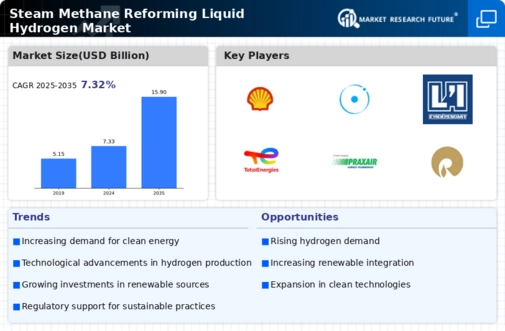
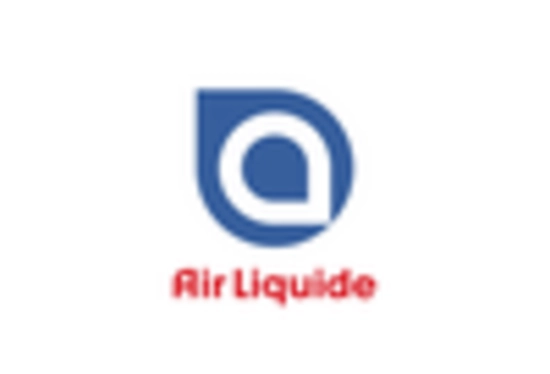
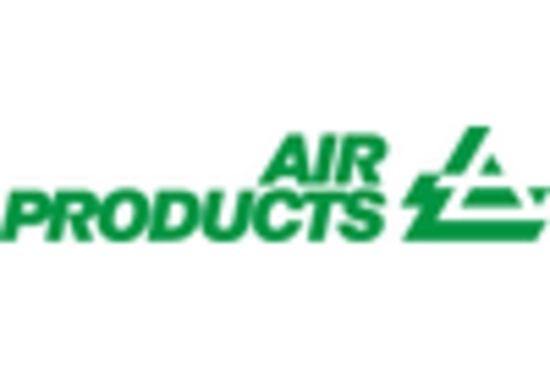

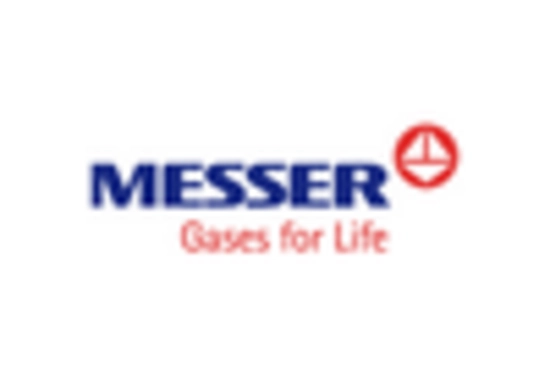
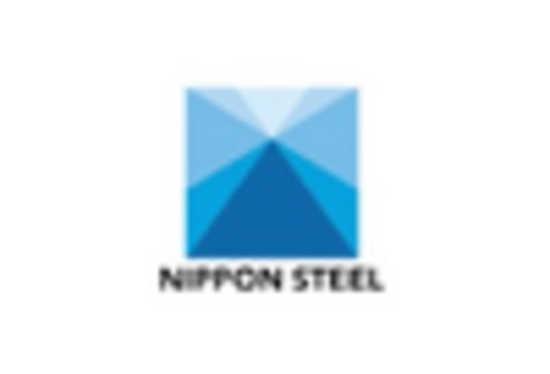
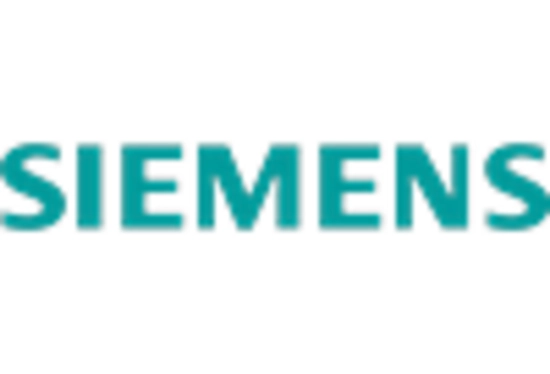








Leave a Comment